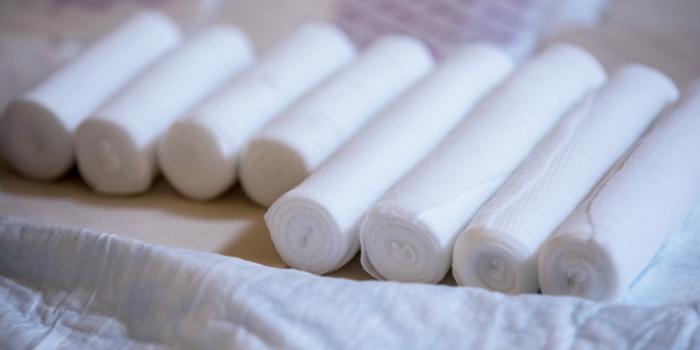
*CLICK HERE TO DOWNLOAD A PDF VERSION OF THIS PAGE.
Blisters occur in most forms of Epidermolysis Bullosa (EB) and managing them may become a part of your daily life.
The following recommendations are suggested methods of care for EB blisters that have been compiled from several sources and addresses all forms of EB. Because suggestions may not pertain to every form of EB, discretion and experimentation will guide the parents and the physician in choosing those methods that apply.
Hand washing is the most effective measure to control infection.
Materials that are stuck to the skin should be soaked until they can be removed easily. This can be done in the bath tub, or by applying room temperature water or a soaked compress directly to the bandage/clothing.
Skin may be cleaned with a variety of gentle cleansers such as Dove soap, Hibiclens, or Saline-based solutions.
Blisters tend to increase in size when allowed to remain intact. For this reason, most blisters should be drained. Sterile needles or lancets may be used to puncture the side of the blister roof. A tiny pinhole may re-seal and allow the blister to refill, so take care to open the blister roof adequately by lancing in more than one location. The blister roof should remain intact to facilitate healing and comfort.
Mild, over-the-counter antibiotics (Polysporin, Bacitracin) are effective in preventing infection and may be rotated every month or two to discourage bacterial resistance. Bactroban (Mupirocin) is a prescribed antibiotic, and should be used only when infection is present (signs of infection include increased redness, swelling, pain, presence of pus, and warmth).
After the application of a topical antibiotic, a non-stick dressing such as Mepitel, Impregnated Gauze, or Telfa pad should be applied to denuded or unprotected areas, such as the blister roof. Next, rolled gauze should be wrapped around the non-adherent dressing, and then secured with a tubular dressing retainer such as Spandage or Surgilast. The dressing retainer is an important alternative to tape, which will cause damage to the skin.
Daily dressing changes are recommended and can be coordinated with a bath or cleansing of the skin. Some contact layer dressings, such as Mepitel may be left in place for several days, although the outer dressings should be changed, and the wound should be assessed daily.
More Guides
Guidance for Adults with EB and their Carers
Healthy Body and Skin BookletA quick-reference guide on the key aspects of skin and wound care in EB.
Clinical Practice GuidelinesInternational consensus best practice guidelines skin and wound care in epidermolysis bullosa.
*Please note that all medical information given by debra of America is for informational purposes only. Our information is not intended to substitute the care and guidance given by a qualified physician. All regimens of care should be discussed with the patient's doctor. Always check with your physician prior to starting any medications or treatment regimens.






